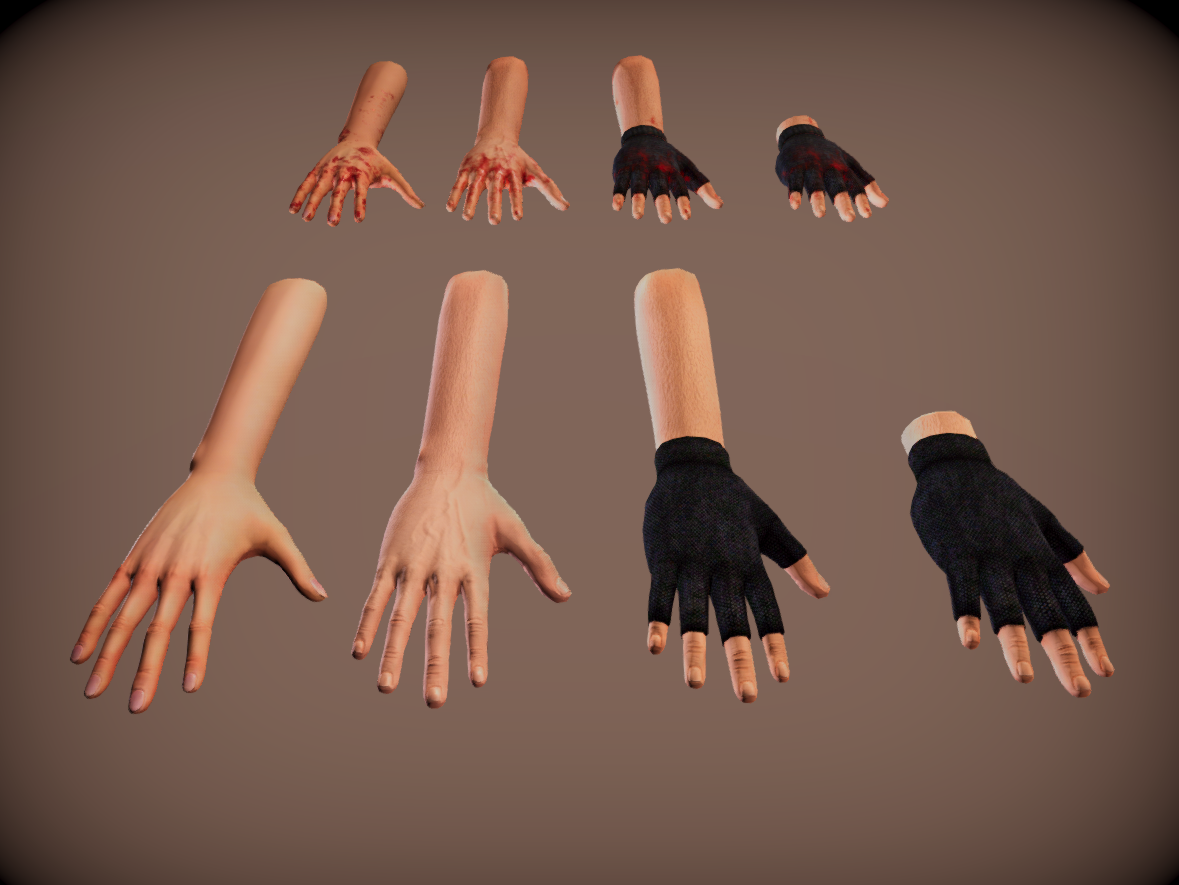

Mastering moving and aiming simultaneously can be a lot to take in. And, as Mihalcea points out, the software is certainly better than humans at picking up on falsehoods.First-person shooters are a tough genre to get into if someone has never played them before. But the University of Michigan research can help build a picture of dishonesty.

The truth is, we all behave slightly differently when we’re dishonest, and there’s no definitive telltale sign that unmasks all liars. Though they have roughly 85% accuracy when testing guilty people, some polygraph tests have just 56% accuracy for innocent people.

It’s also impossible to know for sure whether the courtroom verdicts are right, and if the “liars” being examined are definitely being dishonest. This is a problem for all lie detection Polygraph tests, which measure stress in response to questions, have similarly variable results. The researchers believe their work could be useful for security agents and juries, but of course it’s far from foolproof. The paper was presented at the International Conference on Multimodal Interaction, which has a peer-reviewed selection process, in November and is published in the 2015 conference proceedings. Those who were lying were found more likely to have animated hand movements, make strong eye contact, nod their heads, and scowl. Researchers established who was lying by the trial verdict (with the exception of the Innocence Project clips), and when interviewees were asked their opinions on films that didn’t exist. Around half the clips came from trial footage, while the other half focused on YouTube videos asking interviewees their opinion on films. The researchers studied 118 video clips to establish the language and gestures used by people being dishonest, including testimonies from the Innocence Project, a non-profit that the handles legal cases of innocent people falsely imprisoned. People who are lying also wave both hands around far more than those who are being honest. You might expect a liar to struggle with eye contact, when lying through his teeth. But a study by University of Michigan researchers suggests that liars may look their questioners in the eye more often than people telling the truth.


 0 kommentar(er)
0 kommentar(er)
